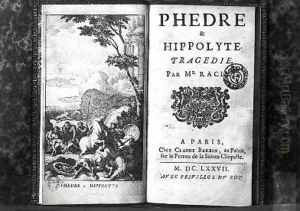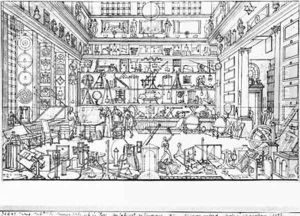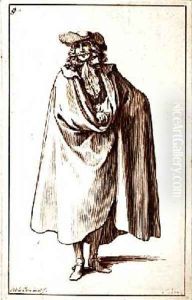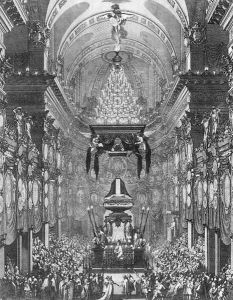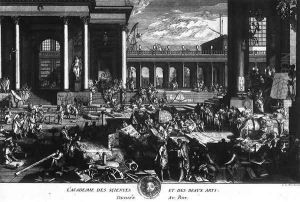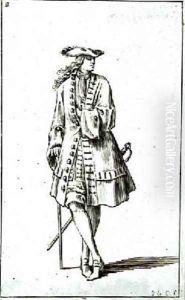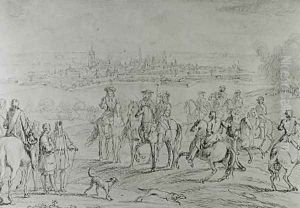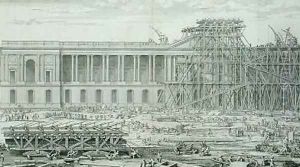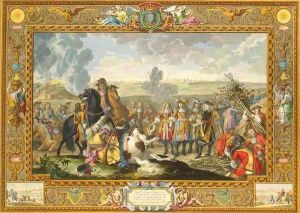Sebastien I Le Clerc Paintings
Sébastien Le Clerc, also known as Sébastien Le Clerc the Elder, was a prominent French artist and engraver born in Metz, France, in 1637. His career is a testament to the rich cultural and artistic heritage of France during the 17th and early 18th centuries. Le Clerc is celebrated for his mastery in engraving, which allowed him to contribute significantly to the visual documentation of his era's social, political, and scientific advancements.
Initially, Le Clerc received his education in art from his father, who was also an artist. This early training laid the foundation for his illustrious career. In 1660, his growing reputation as a skilled draughtsman and engraver earned him a place in the Royal Academy of Painting and Sculpture in Paris. His talent quickly garnered the attention of the French court, and by 1672, he became an official engraver for King Louis XIV, a position that provided him with both prestige and the opportunity to work on various important projects.
Throughout his career, Le Clerc produced a vast array of works, ranging from book illustrations to architectural and engineering plans, as well as historical and religious scenes. His engravings were not only artistically significant but also served as important records of contemporary events and discoveries. One of his major contributions was his work on the 'Description de l'Egypte,' which documented the architecture, landscapes, and customs of Egypt, providing invaluable insights for scholars and the public alike.
Le Clerc was also a prolific writer on art theory and technique. His writings include treatises on geometry, perspective, and the principles of drawing, reflecting his deep understanding of the scientific aspects of art. These works further established his reputation as a leading figure in the artistic and intellectual circles of his time.
Sébastien Le Clerc the Elder passed away in Paris in 1714. His legacy endures not only through his engravings and writings but also through his influence on subsequent generations of artists and engravers. Le Clerc's body of work remains a vital part of the study of French art history, offering insights into the artistic, cultural, and scientific discourses of the Baroque period.
